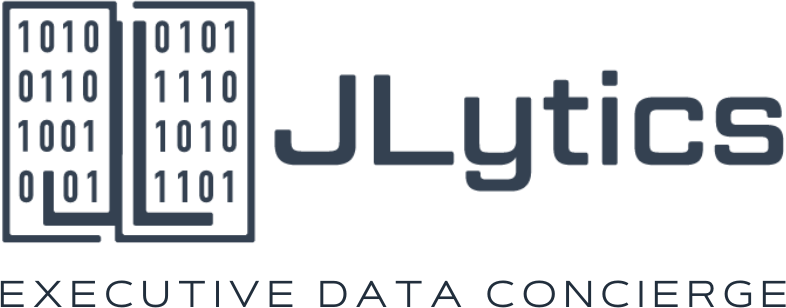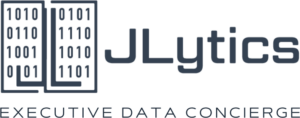Staying in the success zone as a CEO today is a complex dynamic. Complex like how? Complex like thinking clearly while managing to talk, type and walk on a tightrope of manifesting our own – and your stakeholders’ – expectations. All at the same time. While chewing gum (hey, why not?).
CEOs have to juggle multiple things, always. This is true, too, when it comes to keeping up with changes to marketing – whether you have a marketing director or manager or whether you are calling the shots yourself.
The temptation is to ignore the changes and hope for this best. This would surely simplify your life in the short term – but make for a much less successful tomorrow.
The Evolution of the Marketplace of Attention
The marketplace of attention in marketing has fundamentally changed. Users are getting answers without clicking. Search is becoming multimodal (think words, picture, videos, and more) and conversational. Privacy regulations are eliminating third-party tracking. And social platforms have evolved into discovery engines rather than just entertainment venues.
The channels, formats, and measurement approaches that worked 18 months ago need updating for 2026. While tactics evolve rapidly, the fundamentals remain constant—but how we execute on those fundamentals is being rewritten in real time.
Let’s review 10 of the biggest transformations to marketing so that you can stay abreast of the latest developments.
The Transformative Trends Reshaping Digital Marketing Today
1. AI Summaries Drive Zero-Click Behavior
Google’s AI Overviews are compressing the path to answers. When users see an AI summary at the top of search results, they click through to websites less than half as often as users who don’t see a summary—just 8% versus 15% click-through rate. This accelerates the “zero-click” trend where users get their answer directly on the search results page without visiting any website. For marketers, this means lower organic traffic from SEO and a higher bar for earning clicks. Your brand needs to be present and authoritative inside the AI-generated answer, not just in the blue links below it.
2. Search Becomes Multimodal and Conversational
Google’s AI “modes” are rolling out broadly, allowing users to search with text, voice, or images—and receive synthesized, guided responses rather than traditional blue links. These richer search experiences favor concise, authoritative information and clear entity branding. The algorithm prioritizes sources that can be understood and cited by AI systems. Search is shifting from “show me ten links” to “give me the answer,” making it essential to position your brand as a recognizable, trustworthy entity that search systems want to reference.
3. Cookie Deprecation Forces First-Party Data Pivot
Third-party cookies are being phased out. Chrome offers a grace period, but the direction is set: fewer third-party identifiers and more privacy-preserving APIs. Attribution and audience targeting that relied on tracking users across the web will become increasingly limited. The brands that own direct relationships with their customers through email, SMS, and loyalty programs will have a decisive advantage. Plan for a future built on first-party data, server-side measurement, and modeling.
4. Retail Media Networks Capture Budget Share
Retailers’ walled gardens are taking a larger slice of global ad spend in 2025. Retail media networks like Amazon, Walmart, and Target offer rich shopper data, closed-loop reporting, and ads that appear at the moment of purchase intent. If you sell through retailers, these platforms are becoming must-buy channels, not experimental sideshows. Budget is shifting from Google and Facebook toward retail media—and if your products are sold in retail environments, you need a retail media strategy or you’re conceding shelf space and visibility to competitors who do.
5. TikTok Emerges as a Discovery Engine
Gen Z and younger demographics increasingly “search” on TikTok. Studies show sizable percentages using TikTok to find local businesses, product recommendations, and answers to questions. The platform’s engagement algorithm keeps attention on-platform longer than traditional search. This isn’t just entertainment—it’s a place where purchase intent is formed. Treat TikTok (and YouTube Shorts, Instagram Reels) as intent-forming channels. Optimize for native short-form video and repurpose creator explainers into ads. If your audience is under 40, ignoring TikTok means ignoring a primary discovery channel.
6. CTV and YouTube Become Shoppable
YouTube and connected TV (CTV) are introducing interactive shopping formats that bridge big-screen attention with mobile checkout—users can browse and buy directly from TV ad units. The living room screen, once a pure branding play, is becoming a conversion channel. CTV and YouTube on TV are no longer just “top of funnel.” Test shoppable formats, use creative variants, and measure contribution through incrementality testing and marketing mix modeling, not just last-click attribution.
7. Creator/UGC Pipelines Replace Influencer Posts
Brands are shifting from one-off influencer posts to always-on creator programs. User-generated content (UGC) and creator-led content are valued for authenticity and cost efficiency. This content is being used everywhere: ads, landing pages, retail media placements. Pricing dynamics are changing as demand for UGC rises and supply professionalizes. Build pipelines, not campaigns. Establish ongoing relationships with creators who can produce authentic content at scale, and use that content across paid, owned, and retail channels—not just as a single social post.
8. AI Content Requires Quality Guardrails
Google’s guidance is clear: AI-generated content is allowed, but mass low-value content isn’t. Using AI to create content is fine; using AI to create scaled, unhelpful spam violates Google’s guidelines. The bar remains E-E-A-T (Experience, Expertise, Authoritativeness, Trustworthiness) and “helpful content.” Quality rater guidelines were refreshed in 2025 with AI considerations. Use AI to accelerate drafts and structure, then add human experience, citations, and original data to clear the “helpful” bar. AI is a tool for efficiency—not a replacement for editorial judgment.
9. Measurement Moves Beyond Last-Click ROAS
Signal loss from privacy changes is forcing a measurement evolution. Marketers are leaning into incrementality experiments and marketing mix modeling (MMM) to understand causal lift and true channel contribution—especially across retail media, CTV, and short-form video. Last-click attribution is becoming less reliable and less comprehensive. Invest in measurement infrastructure that answers “What would have happened without this channel?” rather than just “What did the user click last?” Incrementality and MMM are becoming the baseline for decision-quality insights.
10. Competition for Attention Intensifies
Global ad spend forecasts tick upward for 2025—nearly all incremental dollars flow to digital. More advertisers, more platforms, more formats, more noise. The bar for creative distinctiveness and brand memorability keeps rising. Average, forgettable creative gets buried. Standing out requires more than media efficiency. You need memorable creative, clear brand assets, and storytelling that cuts through. Competition isn’t just other advertisers—it’s every piece of content competing for the same eyeballs.
Navigate Change with Confidence
These ten trends represent real shifts in how audiences discover, evaluate, and purchase. But here’s the paradox: while tactics evolve rapidly, the fundamentals remain constant. Great creative, user intent, brand building, first-party relationships, and rigorous testing continue to drive results.
The key is knowing which tactics to adapt and which principles to protect. That’s where strategic guidance makes the difference between chasing every bright shiny object and building a marketing system that compounds returns over time.
Ready to turn these trends into actionable strategy? JLytics helps businesses navigate the evolving digital landscape with data-informed marketing that blends art and science. Whether you need help optimizing for zero-click search, building first-party data programs, or measuring what actually drives results, we’re here to guide you. Contact us today to discuss how we can help you get noticed—and stay ahead—in 2025.



